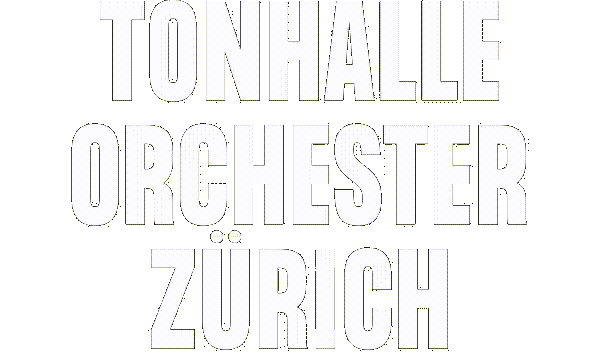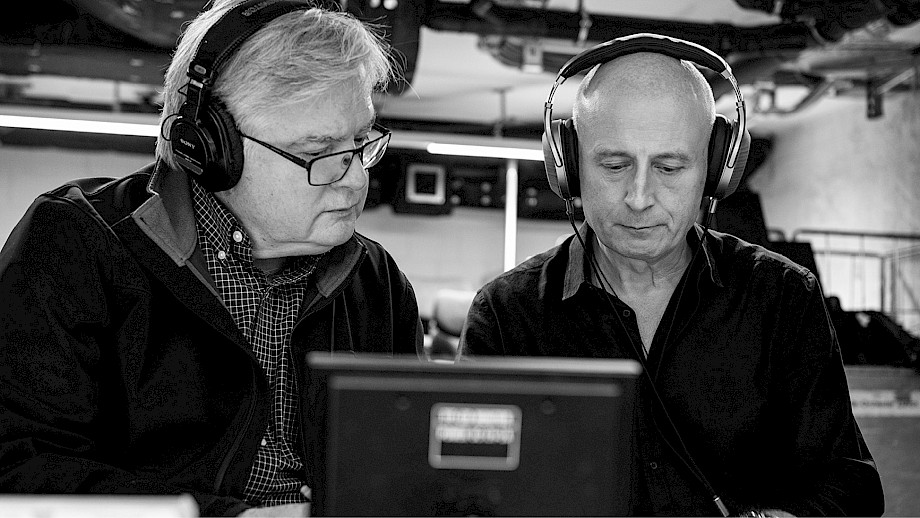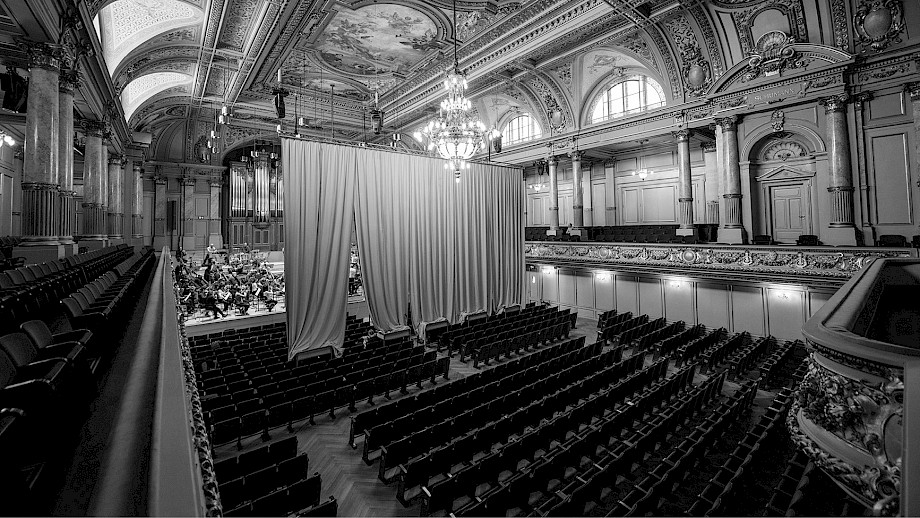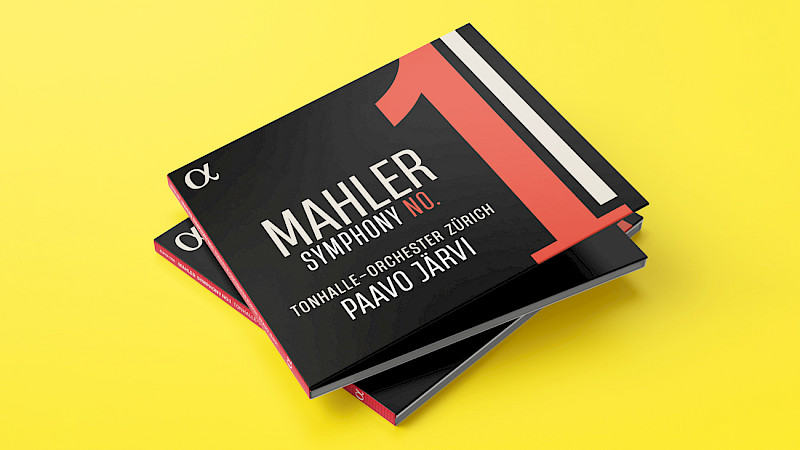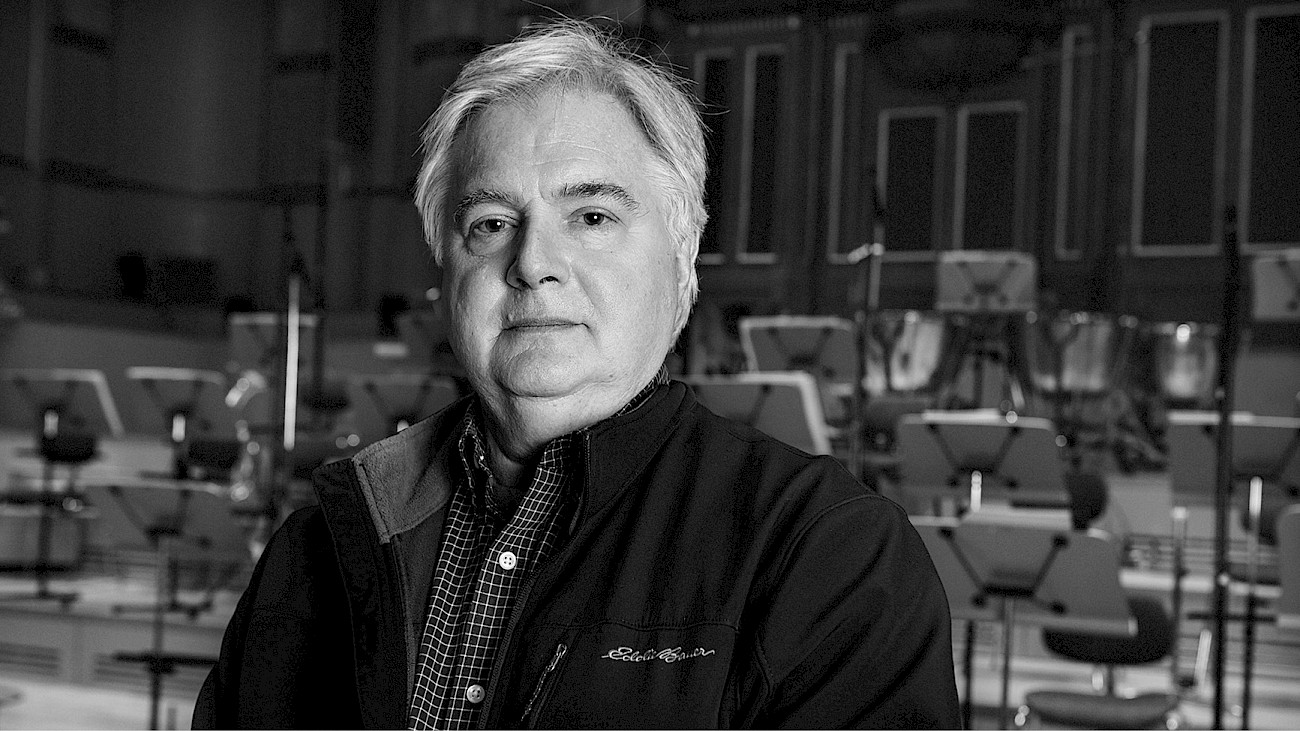
A Harmonious, Luxurious Whole
The renovated Tonhalle is considered one of the best concert halls in the world because of its acoustics. How do you capture its special sound on CD? A conversation with recording producer Philip Traugott.
Mr Traugott, what makes a good concert hall for you?
My idea of a good concert hall is shaped by my experiences in it. Even if they differ acoustically and aesthetically, what all good halls have in common is that they are able to focus one's attention entirely on the music, the performers and the various instruments. To lose oneself in the beauty of the sound and the performance: That's what you go to a concert for, and that's what you take away from a hall.
You only got to know the Tonhalle Zurich after the renovation. But the hall should now sound even better than before. What is your listening impression?
Since I started with the CD recordings in the Tonhalle Maag, I have no basis for comparison. But as far as I know, in the newly renovated Tonhalle the new reverberation time of 2.1 seconds is one or two tenths of a second shorter than before. That's hard to hear, but it's certainly important for the overall impression. After all, I spend most of my time listening to the orchestra during the first rehearsals in an empty hall or in the control room through loudspeakers and headphones. As a result, I perceive a longer reverberation time and denser sound accumulations. Normally an audience would help to mitigate these.
How would you describe the sound of the Tonhalle Zurich?
It is a warm, sometimes even overwhelming sound that comes across. At the same time, there is also a clarity that allows you to hear the individual timbres of individual instruments or groups of instruments within the orchestra. The double basses in particular are deep, clear and powerful – a wonderful quality that not many halls have, and which is probably due to the new resonating floor. At the same time, these sounds combine to create a harmonious, luxurious whole. The frequencies are very even across the entire range and the dynamic spectrum is quite broad. The hall and the orchestra vibrate and work together as one: It's a satisfying and inspiring combination.
How do you manage to harness these qualities for your recordings?
There are many different factors at play. For example, our recording team with sound engineer Jean-Marie Geijsen has to take into account the seating plan of the orchestra and the size of the stage in order to place the microphones we choose correctly. There are big differences depending on the work that is being recorded. What we do is both a science and an art - and the hall is a not-so-silent partner. In the Tonhalle Zurich, we benefit from the clarity of the acoustics; as far as I know, the musicians can hear each other well on stage, and the details of a score also come through well. In addition, the hall also offers us a lot of space beyond the stage, which we can work with depending on the repertoire.
What challenges do you face here?
With larger cast and livelier pieces, it can be a bit more difficult to control the details, as the hall mixes all the timbres so beautifully. Consequently, we also have to adjust the levels of our various main and spot microphone tracks. By reacting to the hall in this way and correcting the balance of each microphone group or individual microphone, we can take full advantage of the hall's wide dynamic and frequency range. Sometimes, due to misjudgements in the orchestrations of the works, we have to mix in a little more of individual instruments or groups. But mostly we try to be invisible, so to speak, and reproduce the room acoustics as faithfully as possible.
For the CD recordings you combine concert recordings with material from the so-called «patch sessions» without an audience. How do you achieve the acoustic balance?
Our sound engineering team and the Tonhalle-Orchester technicians have analysed and tested the acoustics. The solution is to hang huge curtains from the ceiling to the floor over the first rows of seats to dampen the reverberation time, similar to what happens with an audience. This way we can combine recording passages from the concerts, the dress rehearsal and the «patch sessions» if necessary.
You are currently recording Bruckner symphonies. According to Music Director Paavo Järvi, Bruckner fits perfectly with the DNA of the Tonhalle-Orchester Zürich. Does Bruckner also fit the acoustic DNA of the hall?
This hall does indeed suit Bruckner's compositional style with its typical block-like juxtaposition of phrases and the overlapping layers of sound. But I am also impressed that the hall effortlessly handled the huge sound masses of choir and orchestra in Carl Orff's «Carmina Burana» even in the fortissimo passages. Not to mention the precision work in John Adams' virtuoso orchestrations, which unite so many individual voices. The acoustics really bring out how flexibly and carefully the Tonhalle-Orchester Zürich and Paavo Järvi balance the various forces.
More about our first Bruckner CD
